Trees 2.0
Moving from tree planting to monitoring and stewardship by usage of Technology, Collaboration. Moving from a one-time activity to long-term stewardship by the Stakeholders.
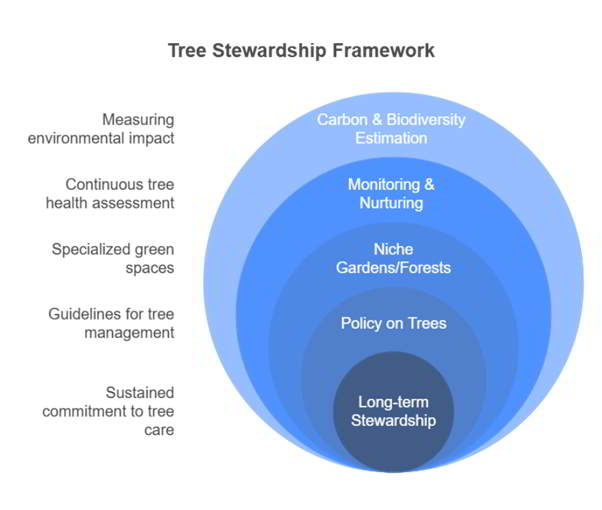
Niche or Themed Gardens/Plants
The purpose of niche or themed gardens in schools is to provide experiential,
interdisciplinary, and sustainability-focused learning, tailored to space constraints and local
contexts.
Institutional Impact
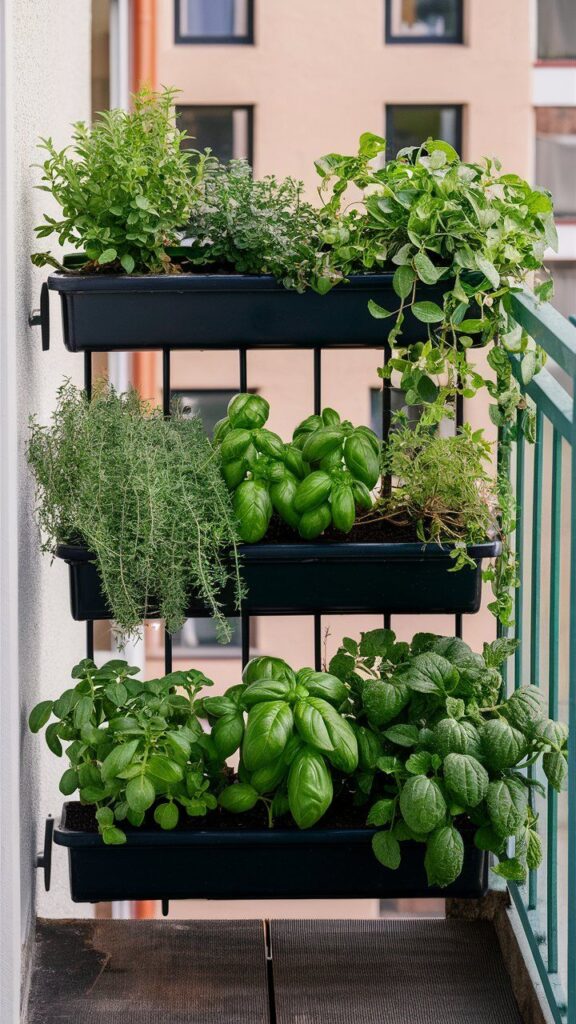
Tree Monitoring & Nurturing
Estimating Carbon Sequestration Potential
Step by Step Estimation method
Gross Carbon Sequestration for following Schools (based on data from Google Earth
sequesters 35 kg/year

St Stanislaus, Bandra
Green Area (Sqm): 3,022
Carbon Sequestration (tons/year): 97
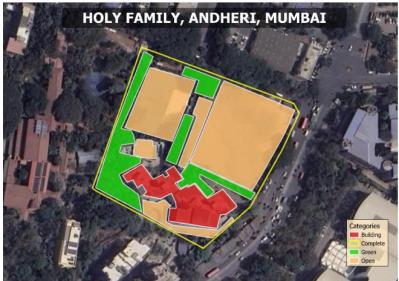
Holy Family, Andheri
Green Area (Sqm): 3,292
Carbon Sequestration (tons/year): 115
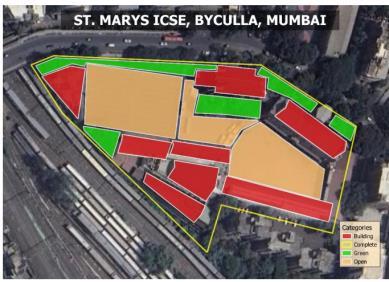
St Mary’s ICSE, Byculla
Green Area (Sqm): 1,900
Carbon Sequestration (tons/year): 67
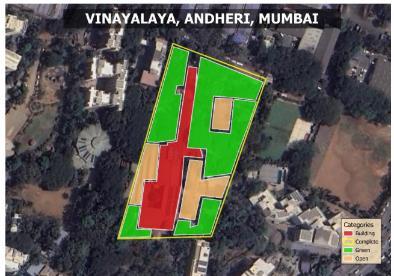
Vinayalaya, Andheri
Green Area (Sqm): 6,782
Carbon Sequestration (tons/year): 237
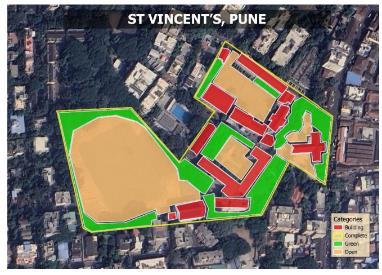
St Vincent’s, Pune
Green Area (Sqm): 7682
Carbon Sequestration (tons/year): 269
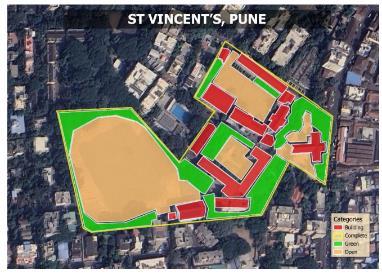
St Xavier’s Loyola Hall, Ahmedabad
Green Area (Sqm): 17765
Carbon Sequestration (tons/year): 622
Tree Dashboard
|
Metric
|
Value
|
Notes
|
|---|---|---|
|
Total Trees Planted |
128 |
Since July 2023 |
|
Tree Species |
Neem (40), Jamun (35), Peepal (20), Gulmohar (33) |
Native, drought-tolerant species |
|
Survival Rate |
91% |
Monitored monthly |
|
Geo-tagged Trees |
95 |
GPS-mapped using TreeTagger app |
|
Watering Efficiency Score |
88% |
Based on soil moisture logs |
|
Avg. Local Temperature Drop |
1.5°C |
Recorded near dense tree cluster vs. open area |
